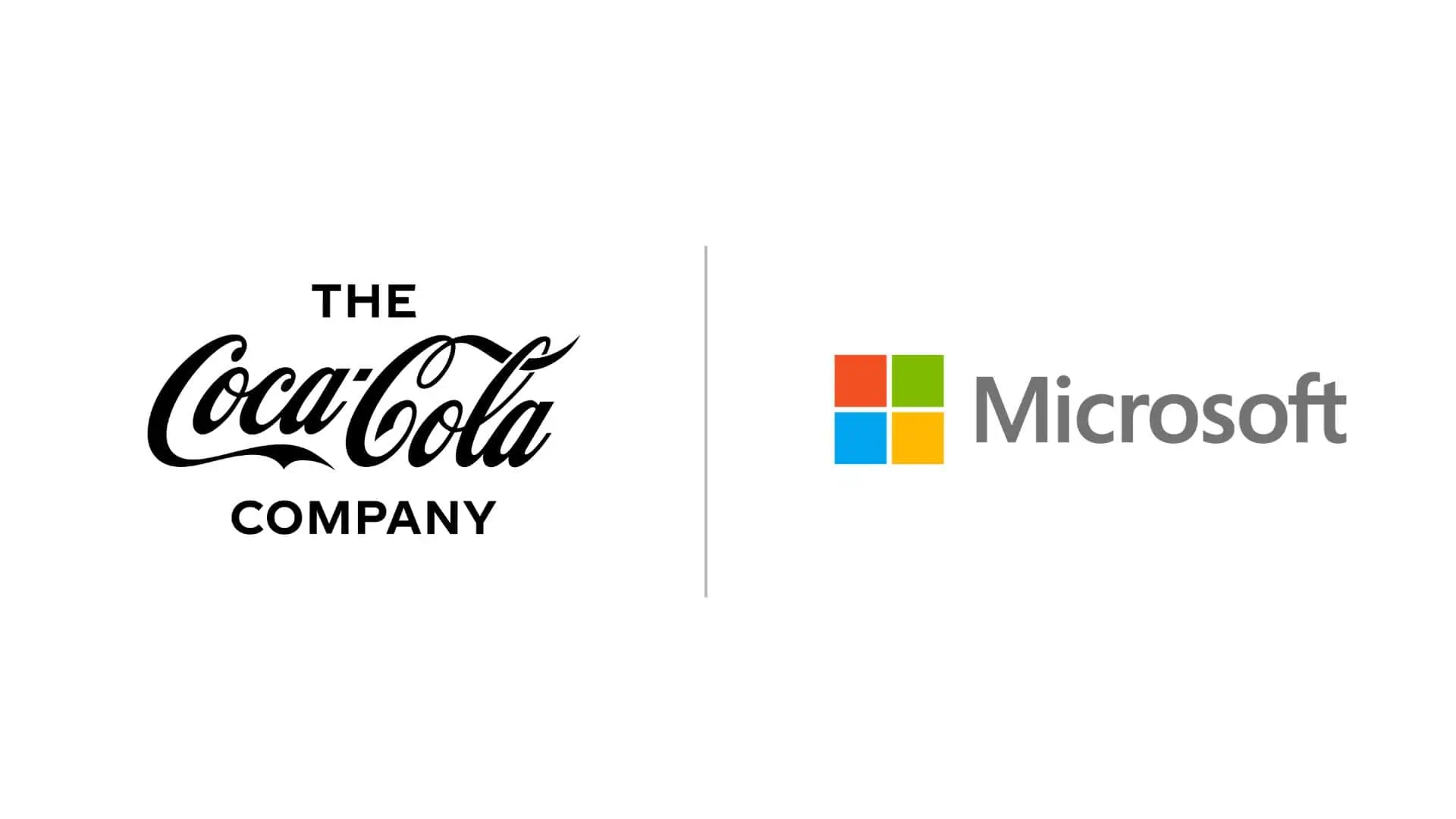Global IPv4 apocalypse is now as RIPE runs out of last IP address
2 min. read
Updated on
Read our disclosure page to find out how can you help MSPoweruser sustain the editorial team Read more

Global IPv4 address exhaustion has been anticipated for a long time, and today the day finally arrived – all 4.3 billion IPv4 addresses have been allocated, meaning there are no more IPv4 addresses can be allocated to ISPs and other large network infrastructure providers.
The process has been anticipated since the 80s, and top-level exhaustion actually happened in 2012. At that point, all IPv4 address spaces have been allocated to the five regional Internet registries AFRINIC for Africa, ARIN for Antarctica, Canada, parts of the Caribbean, and the United States, APNIC East Asia, Oceania, South Asia, and Southeast Asia, LACNIC for most of the Caribbean and all of Latin America and lastly RIPE NCC for Europe, Central Asia, Russia, and West Asia.
Those Regional Internet Registries started running out soon after. On 15 April 2011 the Asia-Pacific (APNIC) allocated its last IPv4 block, on 14 September 2012 for Europe, Middle East and Central Asia (RIPE NCC), on 10 June 2014 for Latin America and the Caribbean (LACNIC), and on 24 September 2015 for North America, and finally today, Europe RIPE NCC finally ran out themselves.
The news was announced in an email (posted by Nikolas Pediaditis) which reads:
Dear colleagues,
Today, at 15:35 UTC+1 on 25 November 2019, we made our final /22 IPv4 allocation from the last remaining addresses in our available pool. We have now run out of IPv4 addresses.
Our announcement will not come as a surprise for network operators – IPv4 run-out has long been anticipated and planned for by the RIPE community. In fact, it is due to the community’s responsible stewardship of these resources that we have been able to provide many thousands of new networks in our service region with /22 allocations after we reached our last /8 in 2012.
In theory, IPv4 address exhaustion should mean no new IPv4 devices could be added to the Internet, but in practice, a number of factors make this a non-issue.
The first is that ISPs can reuse and recycle unused IPv4 addresses. The second is that due to NAT (network address translation) the same IP addresses can be used privately behind the ISPs router. The last is, of course, the transition to IPv6, which should now be well established, allowing direct peer to peer connections over the internet with a massive 3.4×1038 address space.
Like most apocalypses, it seems with enough warning, when they finally arrive they tend to be merely a storm in a teacup.








